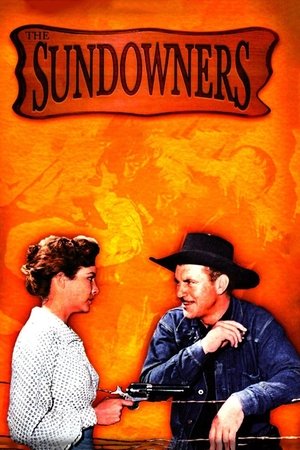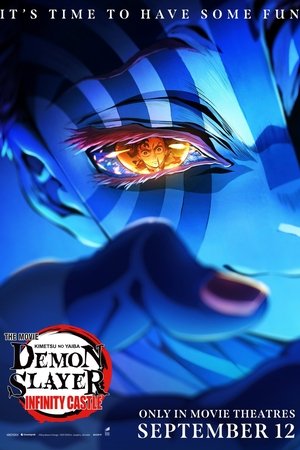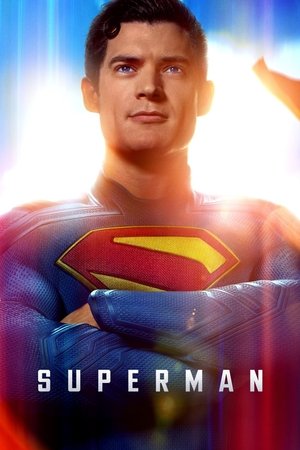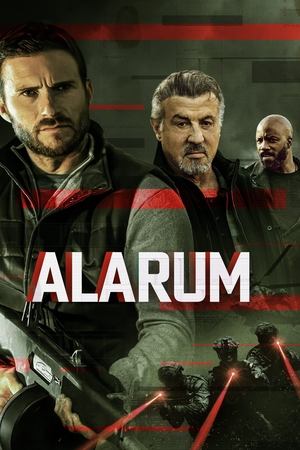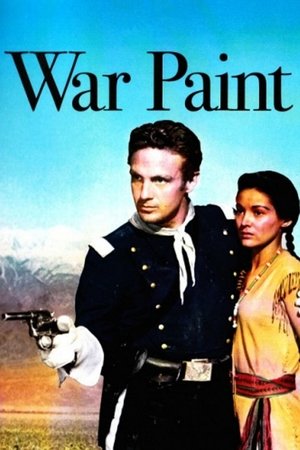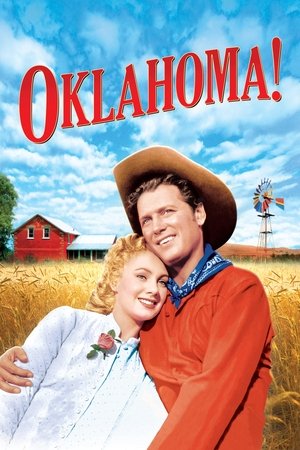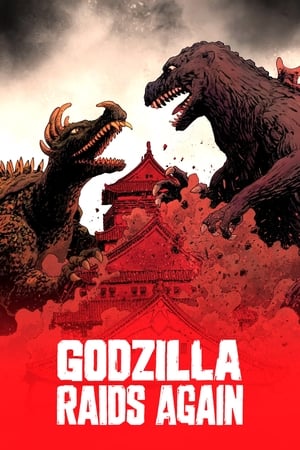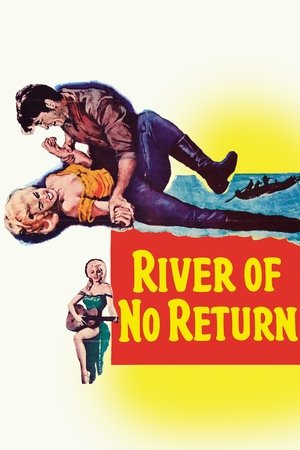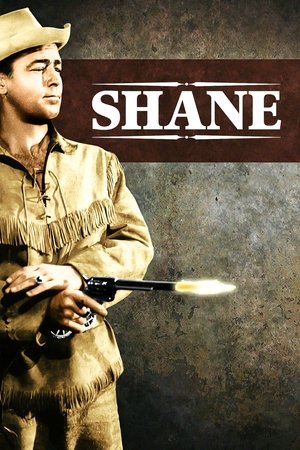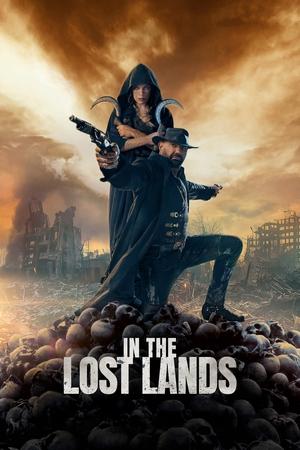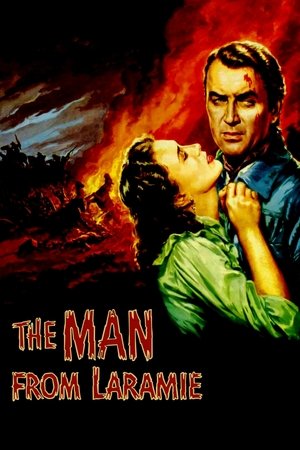The Sundowners (1950)

| Director | George Templeton |
| Cast | Alan Le May, Cathy Downs, Chill Wills, Clem Fuller, Dave Kashner |
| Year | 1950 |
| Country | USA |
| Genres | Action, Western |
| Duration | 83 min |
| Release | 02 Feb 1950 |
| Language | English |
| Revenue | N/A |
| Trailer | Watch Trailer |
Synopsis
Brother is pitted against brother in this tale of fueding ranchers in the old west.
In the vast, untamed wilderness of the old west, a gripping tale unfolds—one that pits brother against brother amidst the rugged landscape of feuding ranchers. “The Sundowners” (1950) is a classic Western film that delves deep into the heart of familial conflict and the harsh realities of life on the frontier. As a testament to its enduring appeal, this film holds a special place in the annals of Western cinema.
The storyline of “The Sundowners” is as compelling as it is timeless. It revolves around the lives of two brothers whose relationship is put to the ultimate test. Set against the backdrop of the sprawling American frontier, the film explores themes of loyalty, betrayal, and the relentless pursuit of survival. These elements are artfully woven together to create a narrative that keeps viewers on the edge of their seats. As ranchers vie for control and dominance, tensions mount, leading to a dramatic climax that is both inevitable and tragic.
At the heart of this cinematic masterpiece is a cast that brings the story to life with remarkable depth and authenticity. Robert Preston delivers a standout performance as one of the feuding brothers, portraying a character caught in a web of conflicting loyalties and personal ambitions. His portrayal captures the essence of a man torn between familial bonds and the harsh demands of the ranching life. Opposite him, Robert Sterling delivers an equally compelling performance, embodying the conflicting emotions and internal struggles that define his character. The chemistry between the two leads is palpable, adding layers of complexity to the narrative.
Guiding the film to its cinematic heights is director George Templeton, whose vision and direction bring out the best in the cast and the story. Templeton’s ability to capture the raw beauty of the western landscape and the intensity of the characters’ conflicts is a testament to his skill as a filmmaker. His direction ensures that “The Sundowners” is not just a visual spectacle but also a profound exploration of the human condition.
The film’s genre is quintessentially Western, yet it transcends the typical tropes associated with the genre. It offers a unique blend of action, drama, and moral dilemmas that are as relevant today as they were when the film was first released. The depiction of the old west is both romanticised and brutally realistic, offering a glimpse into a world where survival often comes at a high cost.
“The Sundowners” also enjoys a respectable rating on IMDb, reflecting the film’s quality and the impact it has had on audiences over the years. With an IMDb rating that speaks to its enduring popularity, this film continues to be celebrated by fans of the Western genre and beyond. Its ability to resonate with audiences across generations is a testament to its timeless appeal.
For those interested in exploring the intricacies of this film further, The Sundowners (1950) provides additional insights and information. This resource is invaluable for anyone looking to delve deeper into the film’s production, cast, and critical reception.
In conclusion, “The Sundowners” stands as a remarkable example of Western cinema. It captures the essence of the genre while offering a narrative that is both engaging and thought-provoking. The interplay of familial bonds and the harsh realities of frontier life are portrayed with a depth and sensitivity that elevate the film beyond mere entertainment. With its compelling performances, masterful direction, and timeless themes, “The Sundowners” remains a must-watch for any fan of classic cinema. Whether one is drawn to the action, the drama, or the rich tapestry of the old west, this film offers something for everyone, ensuring its place as a cherished piece of cinematic history.

